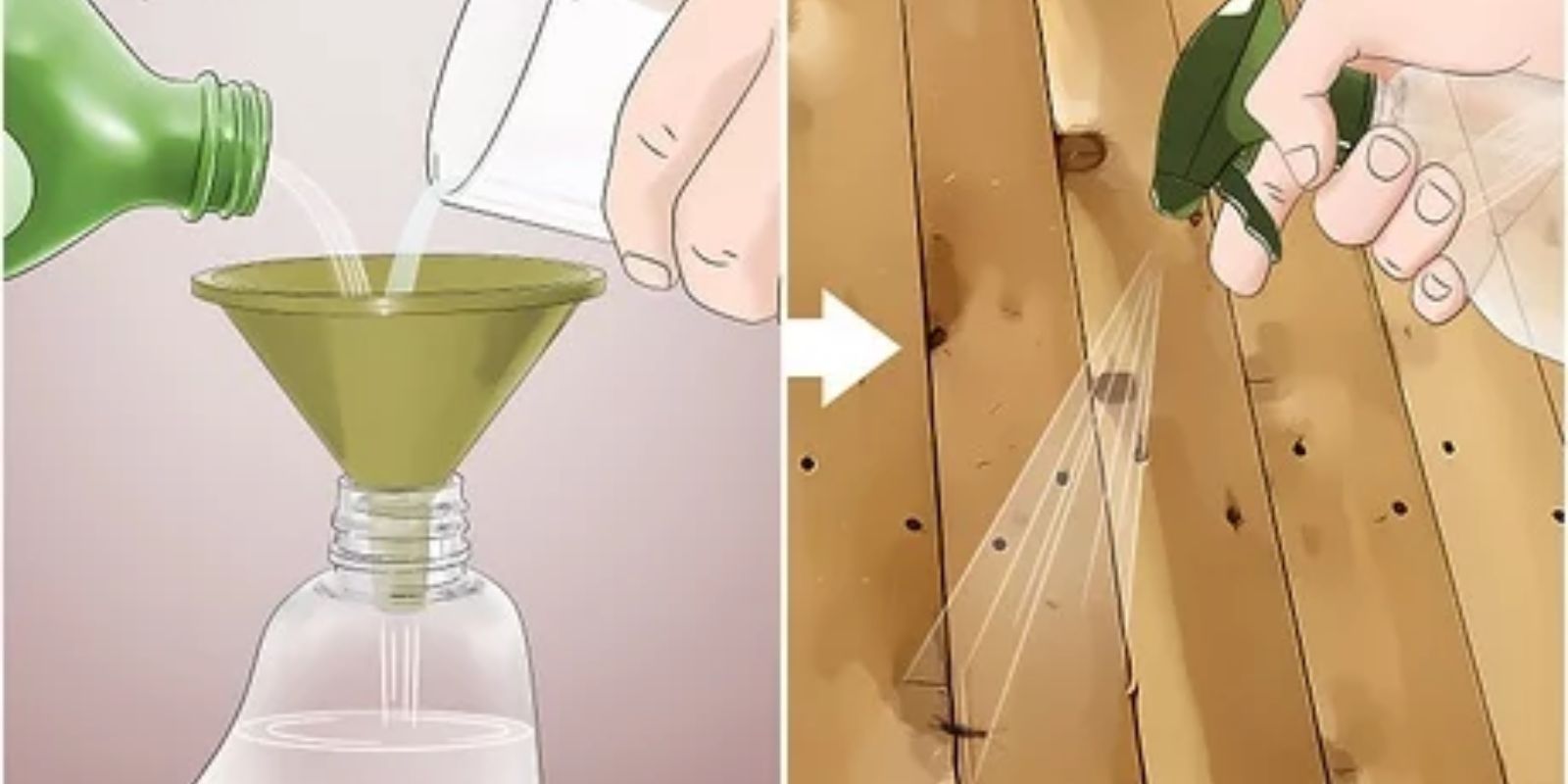Earwigs, commonly known as “pincher bugs” due to the pincers on their rear, are a common sight in gardens. While these insects play a role in breaking down organic matter, an infestation can wreak havoc on your plants, particularly tender seedlings, flowers, and vegetables. Fortunately, there are numerous natural and effective ways to control earwigs and maintain a healthy, thriving garden. In this guide, we’ll dive into a step-by-step approach to getting rid of earwigs while keeping your plants safe and environment-friendly.
Understanding Earwigs
Before tackling the problem, it’s essential to understand these pests. Earwigs are nocturnal insects that hide during the day and come out at night to feed. They prefer damp, dark areas and can often be found in mulch, under plant debris, or in cracks near your home. While they primarily feed on decaying organic matter, they also chew on plant leaves, flowers, and fruit, causing damage to your garden.
Step-by-Step Guide to Controlling Earwigs
1. Inspect Your Garden
The first step in addressing an earwig problem is identifying their presence. Look for:
- Chewed edges on leaves and flowers.
- Damage to seedlings and tender plants.
- Earwigs themselves hiding under pots, rocks, or mulch.
Regular inspection helps pinpoint affected areas and track the severity of the infestation.
2. Remove Debris
Earwigs thrive in damp, cluttered environments. To make your garden less appealing:
- Clear away fallen leaves, plant debris, and mulch.
- Relocate woodpiles and rocks that can provide hiding spots.
- Keep your garden tidy and free from unnecessary clutter.
Removing their hiding places is an effective way to reduce their numbers naturally.
3. Set Traps
Homemade traps are an excellent way to capture and eliminate earwigs:
- Newspaper Traps: Roll up damp newspapers and place them around the garden in the evening. Earwigs will crawl inside overnight. In the morning, dispose of the newspapers and their contents.
- Cardboard Traps: Use damp corrugated cardboard to create a hiding spot for earwigs. Check and discard it daily.
These traps are inexpensive and eco-friendly.
4. Use Light Traps
Earwigs are attracted to light. Create a light trap by:
- Placing a shallow bowl of soapy water beneath an outdoor light.
- Earwigs will be drawn to the light and fall into the bowl, where the soap will prevent them from escaping.
This method is particularly effective in larger infestations.
5. Diatomaceous Earth
Diatomaceous earth (DE) is a natural, non-toxic powder that kills earwigs by dehydrating them. To use:
- Sprinkle DE around the base of plants, along garden edges, and in potential hiding spots.
- Reapply after rain or watering.
Ensure you use food-grade DE, as it’s safe for humans, pets, and beneficial insects.
6. Oil and Soy Sauce Trap
This ingenious trap is highly effective against earwigs:
- Mix vegetable oil and soy sauce in a small container.
- Place the container at soil level, with the opening flush with the ground.
- Earwigs, attracted by the smell, will crawl in and drown.
This simple method can significantly reduce earwig populations.
7. Prune Affected Plants
Trim away damaged or infested leaves and stems to discourage earwigs from feeding further. Regular pruning also helps improve airflow around plants, reducing dampness and hiding spots.
8. Encourage Natural Predators
Nature offers a helping hand in controlling earwigs. Attract their predators to your garden, such as:
- Birds: Provide bird feeders and birdbaths to invite feathered helpers.
- Frogs and Toads: Create a water feature or moist habitat to encourage amphibians.
- Beneficial Insects: Ladybugs and ground beetles can help keep earwig populations in check.
A balanced ecosystem naturally limits pest problems.
9. Use Neem Oil
Neem oil is a natural insecticide that disrupts the life cycle of pests without harming beneficial insects. To use:
- Mix neem oil with water as per package instructions.
- Spray directly on plants and soil where earwigs are active.
Neem oil not only repels earwigs but also prevents them from reproducing.
10. Seal Entry Points
If earwigs are invading your home, seal cracks and gaps around windows, doors, and foundations. This prevents them from entering and causing indoor infestations.
11. Limit Watering
Overwatering creates the damp conditions earwigs love. Maintain a balanced watering schedule:
- Water plants early in the morning to allow soil to dry during the day.
- Avoid excessive use of mulch, as it retains moisture and provides hiding spots.
Proper irrigation keeps your garden healthy and less attractive to pests.
12. Apply Insecticidal Soap
For severe infestations, organic insecticidal soaps offer a targeted solution:
- Spray directly on earwigs and infested plants.
- Follow the manufacturer’s instructions to ensure effectiveness.
This approach works well when combined with other preventative measures.
Additional Tips for Earwig Prevention
- Plant Selection: Grow plants that earwigs dislike, such as mint, lavender, or marigolds, to deter them from your garden.
- Monitor Regularly: Regularly inspect your garden for signs of new infestations.
- Integrated Pest Management: Combine multiple methods for a comprehensive, sustainable solution.
Why Natural Control Matters
Using natural methods to control earwigs ensures the safety of your plants, beneficial insects, pets, and family. Chemical pesticides can harm the environment and disrupt the delicate balance of your garden ecosystem. By choosing eco-friendly approaches, you’re fostering a healthier, more vibrant garden.
Engage with Us!
Have you battled earwigs in your garden? What worked best for you? Share your experiences in the comments and inspire other gardeners! Let’s grow together.
#PestControlTips #OrganicGardening #EarwigFreeGarden #GardeningHacks #HealthyPlants

